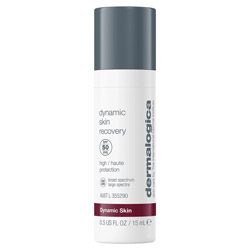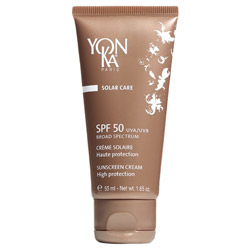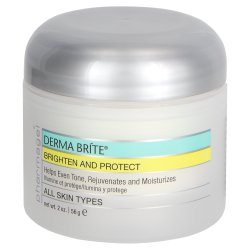2024 (8)
Chemical Sunscreens
As published in the May 6, 2019, Journal of the American Medical Association, Matta et al,P(2) describe the results of an exploratory maximal usage trial (MUsT) evaluating the systemic absorption (through the skin and into the body) of sunscreen active ingredients using four commercially available sunscreen products applied under maximal use conditions. Objective to determine whether the active ingredients (avobenzone, oxybenzone, octocrylene, and ecamsule) of 4 commercially available sunscreens are absorbed into systemic circulation.
A MUsT study evaluates the systemic absorption of a topical drug (i.e., one applied to the skin) when used according to the maximum limits of the product's directions for use. Because sunscreens are formulated to work on the surface of the skin, some have argued that sunscreens would not be absorbed in appreciable quantities and therefore that MUsT studies are unnecessary. In this pilot study, all four active ingredients tested were absorbed from each formulation tested, showing that absorption of sunscreens is not just a theoretical concern.
The sunscreens tested were all chemical. As a reminder, there are two types of sun blockers:
The FDA's proposed rule is asking for additional safety data on 12 active sunscreen ingredients. FDA expects that sunscreen active ingredients that are absorbed into the bloodstream at a level of 0.5 ng/mL (nanograms per milliliter) or higher, or that have potential safety concerns, would generally need to undergo further testing to help determine if they increase the risk for cancer, birth defects, or other adverse effects. All of the active ingredients in the study noted above were absorbed in levels substantially higher than the 0.5 ng/mL threshold value cited in the proposed rule. However, without further testing, FDA does not know what levels of absorption can be considered safe.

 write a review
write a review

 write a review
write a review

 write a review
write a review
